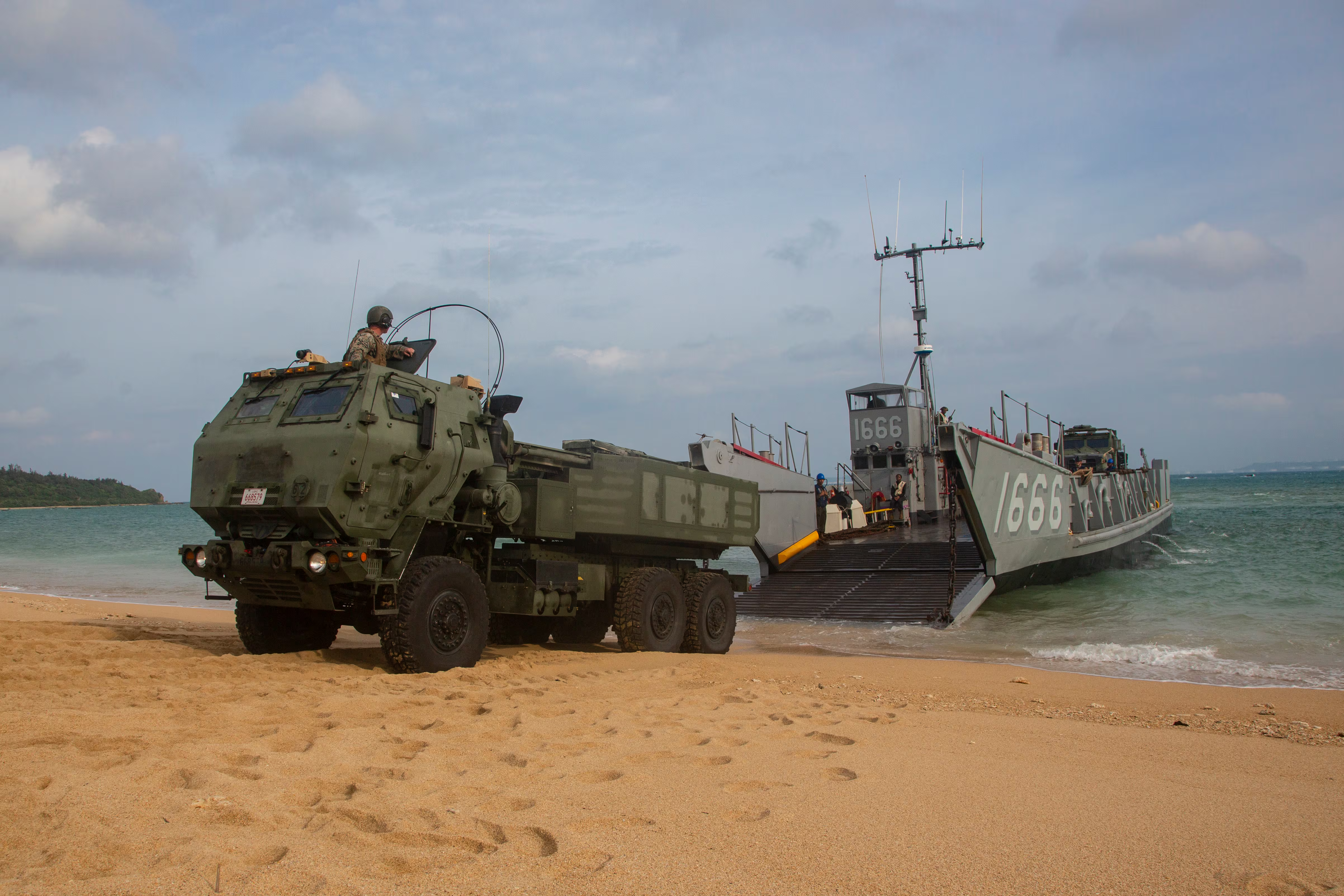WASHINGTON — Raytheon plans to deliver next week the first of the U.S. Navy’s new Block V Tomahawk, an upgraded version of the service’s venerable land-attack missile that will ultimately include the ability to target ships at sea at extended ranges.
The new Block V, when fully realized in its Block Va and Block Vb varieties, will be expected to hit surface ships at Tomahawk ranges — in excess of 1,000 miles — with the integration of a new seeker. It also will integrate a new warhead with a broader range of capabilities, including greater penetrating power.
Tomahawk’s range is especially important in the Asia-Pacific region, where China’s rocket force has extraordinary reach with its DF-26 and DF-21 missiles, with ranges of 2,490 and 1,335 miles respectively, according to the Center for Strategic and International Studies.
The U.S. Navy’s news missiles are destined not just for the vertical launching systems on surface ships but also on attack submarines that can more easily operate inside the range of China’s rocket force.
The Navy is expected to make a decision on the future of the Tomahawk weapon in 2021, but the signs seem to point to its continuation. The service has had a long-running search for a next-generation land-attack missile, but a recent analysis of alternatives led to the Navy restarting the Tomahawk line and upgrading its current inventory.
In the Navy’s 2021 budget documents submitted last year, the service said it had yet to determine the future of the missile. But in testimony before the House Armed Services Committee, the head of U.S. Indo-Pacific Command, Adm. Phil Davidson, specifically cited the anti-ship Maritime Strike Tomahawk specifically and the surface-strike variant of the SM-6 as capabilities needed by the Marine Corps in its quest to hold Chinese ships at risk from shore-based missiles.
“What the Marine Corps has asked for have already been developed in the [Navy] and is employed on Navy ships, things like Maritime Strike Tomahawk, SM-6. These are immediate capabilities that I think should be made available to the Marine Corps,” Davidson said.
Advances in missile technology might actually be helping the Tomahawk’s cause to stay in the Navy’s vertical launching system missile tubes longer, according to Bryan Clark, a retired submarine officer and senior fellow at the Hudson Institute.

The combination of the SM-6, the new 100-plus-mile ranged anti-ship Naval Strike Missile bound for the littoral combat ships and next-generation frigate, and the Block V upgrades on Tomahawk will give the Navy’s weapons a place in the service’s vertical launching system cells for some time to come, Clark said in a December interview.
“Between Tomahawk Block V, the SM-6 and the NSM, the Navy has a collection of attack weapons that they are happy with,” he said, adding that a long-running effort to develop a next-generation land-attack weapon has lost some of its urgency.”
That means as hypersonic cruise missiles make developmental progress, the Navy will likely make do with its current generation of weapons instead of embarking on an expensive next-generation land-attack weapons program.
“What’s happening in parallel is in the development of hypersonic missile that are a smaller form factor than the boost-glide weapons that are coming to maturity now,” Clark said. “And if they can get it down to being able to fit in [the Mark 41], then that could provide the Navy a next-generation capability that is more survivable and has a shorter time of flight.
“So I think this combination of missiles the Navy has now, combined with the fact that the hypersonic weapons are coming along a little further out, means the Navy is going to stick with what it has potentially even longer than it had originally anticipated.”
David B. Larter was the naval warfare reporter for Defense News.








